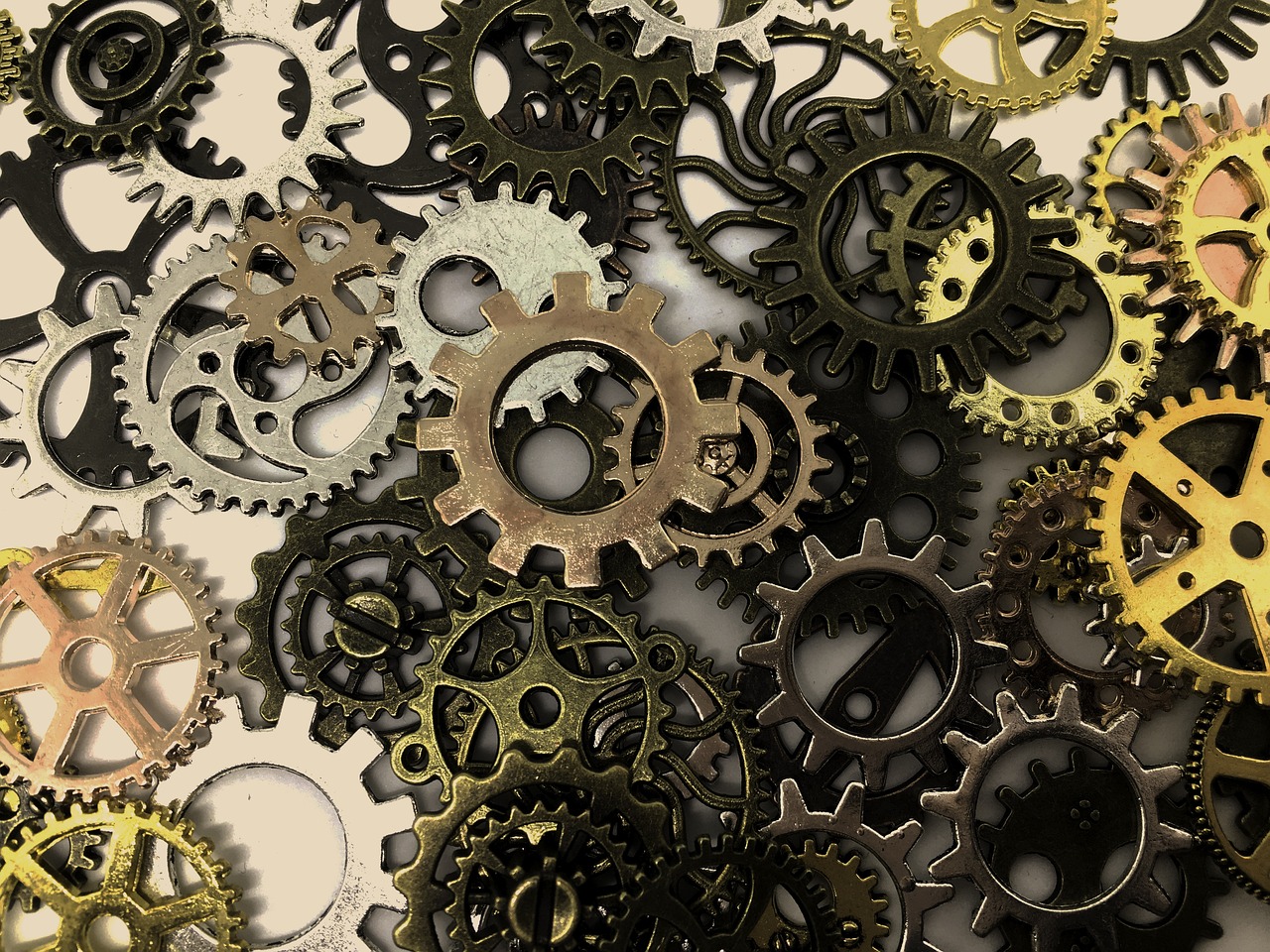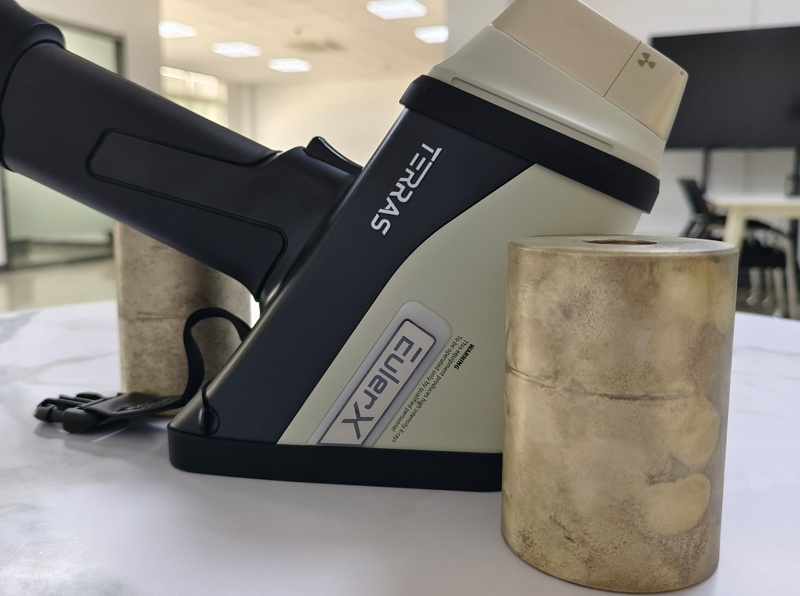
Alloy
A high-tech enterprise focusing on the development and application of X-ray technology products, committed to becoming a leading supplier of X-ray industrial testing solutions.
How Does an XRF Gun Work in Metal Detection and Alloy Identification?
In the world of metal detection and alloy identification, precision and efficiency are paramount. Whether you're in scrap metal recycling, aerospace manufacturing, or quality control, knowing the exact composition of a metal can make all the difference. Enter the XRF gun—a handheld device that has revolutionized the way we analyze and identify metals. But how does it work? Let’s dive into the science behind this powerful tool.
What is an XRF Gun?
XRF stands for X-ray Fluorescence, and an XRF gun is a portable device that uses this technology to determine the elemental composition of materials. It’s a non-destructive testing method, meaning it can analyze a sample without damaging it. This makes it an invaluable tool in industries where preserving the integrity of the material is crucial.

Terras EulerX900 Handheld Alloy Analyzer
The Science Behind XRF Technology
At the heart of the XRF gun is the principle of X-ray fluorescence. Here’s a step-by-step breakdown of how it works:
X-ray Emission: When you pull the trigger of an XRF gun, it emits a beam of high-energy X-rays towards the sample. These X-rays are generated by a miniature X-ray tube inside the device.
Interaction with the Sample: When the X-rays hit the sample, they interact with the atoms in the material. This interaction causes the inner electrons of the atoms to be ejected from their orbits, creating vacancies.
Electron Transition: To fill these vacancies, electrons from higher energy levels drop down to the lower levels. As they do so, they release energy in the form of secondary X-rays, known as fluorescent X-rays.
Detection and Analysis: The XRF gun’s detector captures these fluorescent X-rays. Each element emits X-rays at specific energy levels, which act like a fingerprint. The device’s software then analyzes these energy levels to determine the elemental composition of the sample.
Results Display: Within seconds, the XRF gun displays the results on its screen, showing the percentages of each element present in the sample. This information can be used to identify the alloy grade or detect impurities.
Applications of XRF Guns in Metal Detection and Alloy Identification
The versatility of XRF guns makes them indispensable in various industries:
Scrap Metal Recycling: Quickly identifying and sorting different metals and alloys can significantly increase the efficiency of recycling operations. XRF guns help recyclers determine the value of scrap metal and ensure proper sorting.
Aerospace and Automotive Manufacturing: In these industries, the integrity of materials is critical. XRF guns are used to verify the composition of alloys, ensuring they meet stringent industry standards.
Quality Control and Assurance: Manufacturers use XRF guns to inspect incoming raw materials and finished products, ensuring they conform to specifications and are free from contaminants.
Archaeology and Art Restoration: XRF guns are also used in cultural heritage preservation to analyze the composition of artifacts and artworks without causing damage.
Advantages of Using an XRF Gun
Non-Destructive Testing: As mentioned earlier, XRF guns do not damage the sample, making them ideal for analyzing valuable or irreplaceable items.
Speed and Accuracy: Results are obtained in seconds, and the accuracy is high, making XRF guns a reliable tool for quick decision-making.
Portability: Handheld XRF guns are lightweight and easy to use in the field, allowing for on-the-spot analysis.
Versatility: They can analyze a wide range of materials, from metals and alloys to plastics and ceramics.
The EulerX 900 series excels in metal analysis, delivering fast, accurate results across various applications. With advanced electronics and sophisticated algorithms, it ensures high-quality measurements in seconds, making it ideal for non-destructive inspection of incoming materials, finished products, and in-process parts. Its user-friendly touch screen displays alloy grade and chemical composition instantly, requiring minimal training and no sample preparation, regardless of shape or size.

Terras EulerX900 Handheld Alloy Analyzer
Conclusion
The XRF gun is a powerful tool that has transformed metal detection and alloy identification across various industries. By harnessing the principles of X-ray fluorescence, it provides quick, accurate, and non-destructive analysis of materials. Whether you’re sorting scrap metal, ensuring the quality of aerospace components, or preserving cultural artifacts, the XRF gun is an indispensable ally in the quest for precision and efficiency.
As technology continues to advance, we can expect even more sophisticated and user-friendly XRF devices, further expanding their applications and making them accessible to even more industries. So, the next time you see someone wielding an XRF gun, you’ll know the science and power behind this remarkable tool.
Join Us
Subscribe to our email list for updates & promotions.



